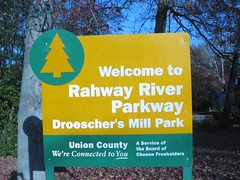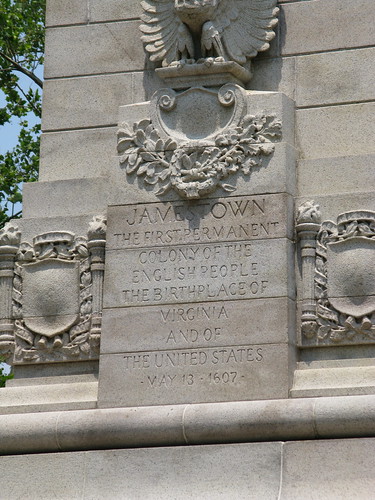Research Using Online Tools
The first step was to learn about online research tools. I wrote a post about the work back on the 25th of April. The following week, the students used the Fact Monster web site to find basic information about their state such as the government, land area, population, state flower, state bird, three largest cities, and state nickname. They had to choose a state that they had not yet visited. We had a good discussion about square miles versus square kilometers, how to determine which city was the largest, and what a governor does in a state.State Tourism
At the end of the lesson, the teacher thought it would be interesting to have the students find some places they could visit if they took a trip to the state. We only have 42 minutes, so I created a list of national parks, zoos, museums, waterfalls, and buildings and structures by state on a wiki.As the students took a tour of their state, they had a worksheet to help them think about what they were seeing. In addition to their name and the name of their state, the form includes the following questions:
1. What is the name of a national park that you could travel to in your state?
2. What is the name of the zoo for your state?
3. Does this zoo look like an interesting place to visit? Why?
4. What is the name of a museum for your state?
5. Does this museum look like an interesting place to visit? Why?
6. What else was listed for your state?
7. Would you like to visit this place? Why?
The Great Mail Race
Finally, the students are going to choose a Catholic school in their state and send a letter to a third grade class in that school. I had never heard of the Great Mail Race until last year. The students sent a letter telling a little bit about our school and asked the partner school to fill in a form with questions. Here is an example I found using Google and the search terms: the great mail race questionnaire. Last year we searched for school addresses using Find a School-NCES Kids' Zone. It worked well, but felt very random. The students didn't know anything about the school they chose. This year, I researched two school choices for each of the students and posted the address and a link the the school's web page. I was especially looking for colorful school web sites. The students looked at the web pages for both schools and decided which school they would most like to send their letter. Next they copied the address on a sheet of paper to bring back up to the classroom. They will fill in the letter to the partner school, address the envelope, and take a walk to the post office to mail the letter.
Finally, it's a race to see which school will be first to reply to our third grade students. As the letters come back, they mark the location on a map of the United States. Overall, it is a really nice way to learn more about our fifty states.
Image Citation
Oro, Ann. "County Park Sign." njtechteacher's photostream. 24 Nov 2007. 12 May 2010.
http://www.flickr.com/photos/njtechteacher/2059972147/in/set-72157601439024372/


Ann,
ReplyDeleteSounds like a cook project. I'm going to look into this for next year. If you do this again, our school would be interested in participating. I teach in a Catholic School in Wichita, KS.
It would be nice to have a partner expecting our mail. I'll let you know when I get started next year.
ReplyDeleteI am wondering how this works. I am a 2nd grade teacher and I'm curious, do you choose the addresses randomly? My class just received a letter today from a 2nd grade child in Louisiana and I am not sure how we came to be the lucky recipients of the letter. Unfortunately, it is the end of the school year and we don't have time enough to reply, but this sounds like a fantastic idea for next year.
ReplyDeleteLast year was the first year we did this project. It is a totally random selection process as far as I could tell from reading online. Last year, I pointed the students to this Find A School-NCES Kids' Zone and they randomly chose a school. I think next year, I may start a collaborative project surrounding the idea.
ReplyDeleteLast year, we did not get all 50 responses because we started so late in the year. I'm sure it's going to happen again this year since they students are just mailing the letters.
So...it was just luck that you received a letter, I'm sure. I do think it is a potentially fantastic project.
Thanks for the comment!